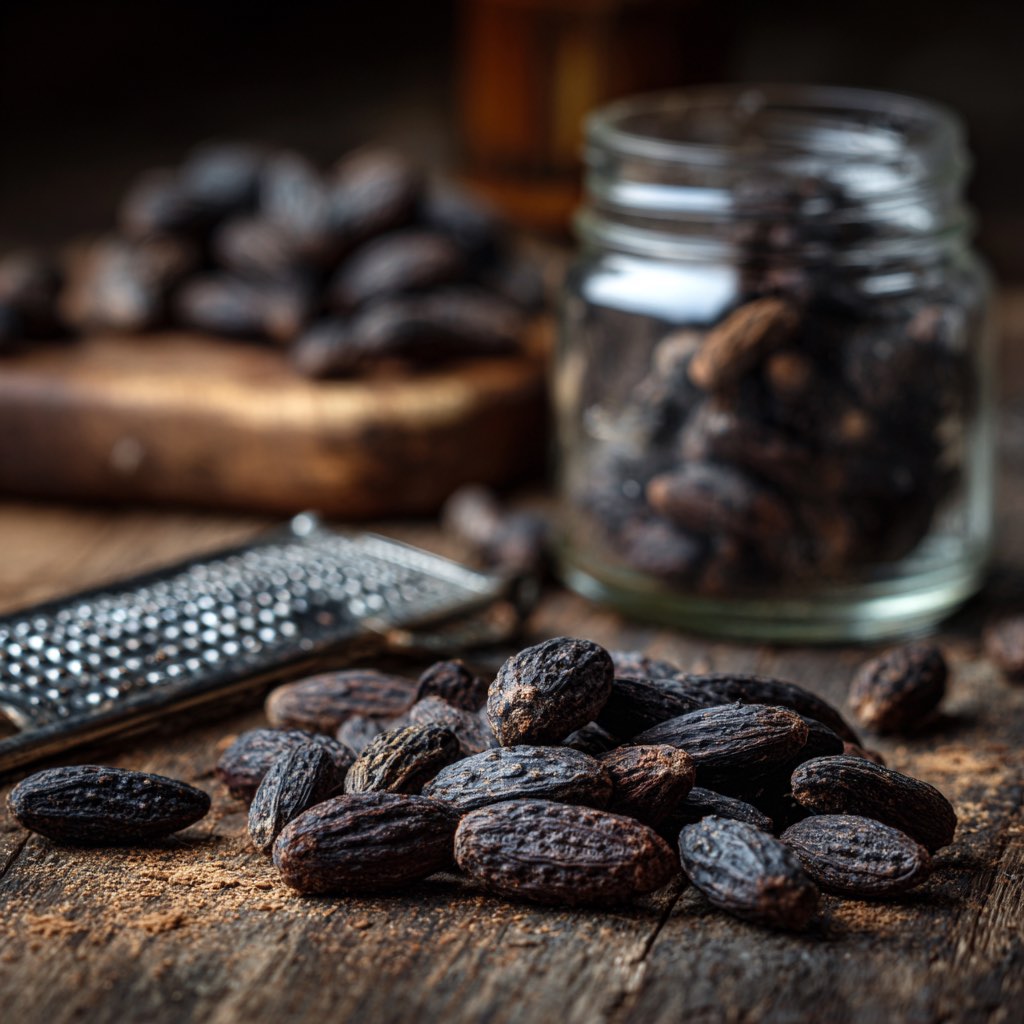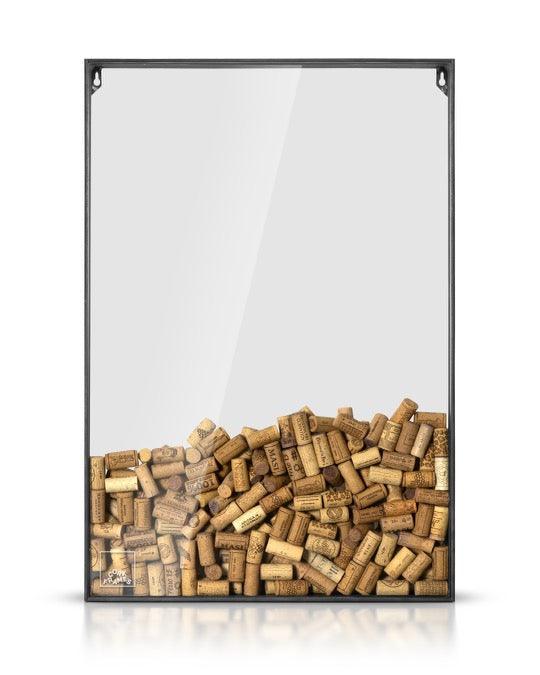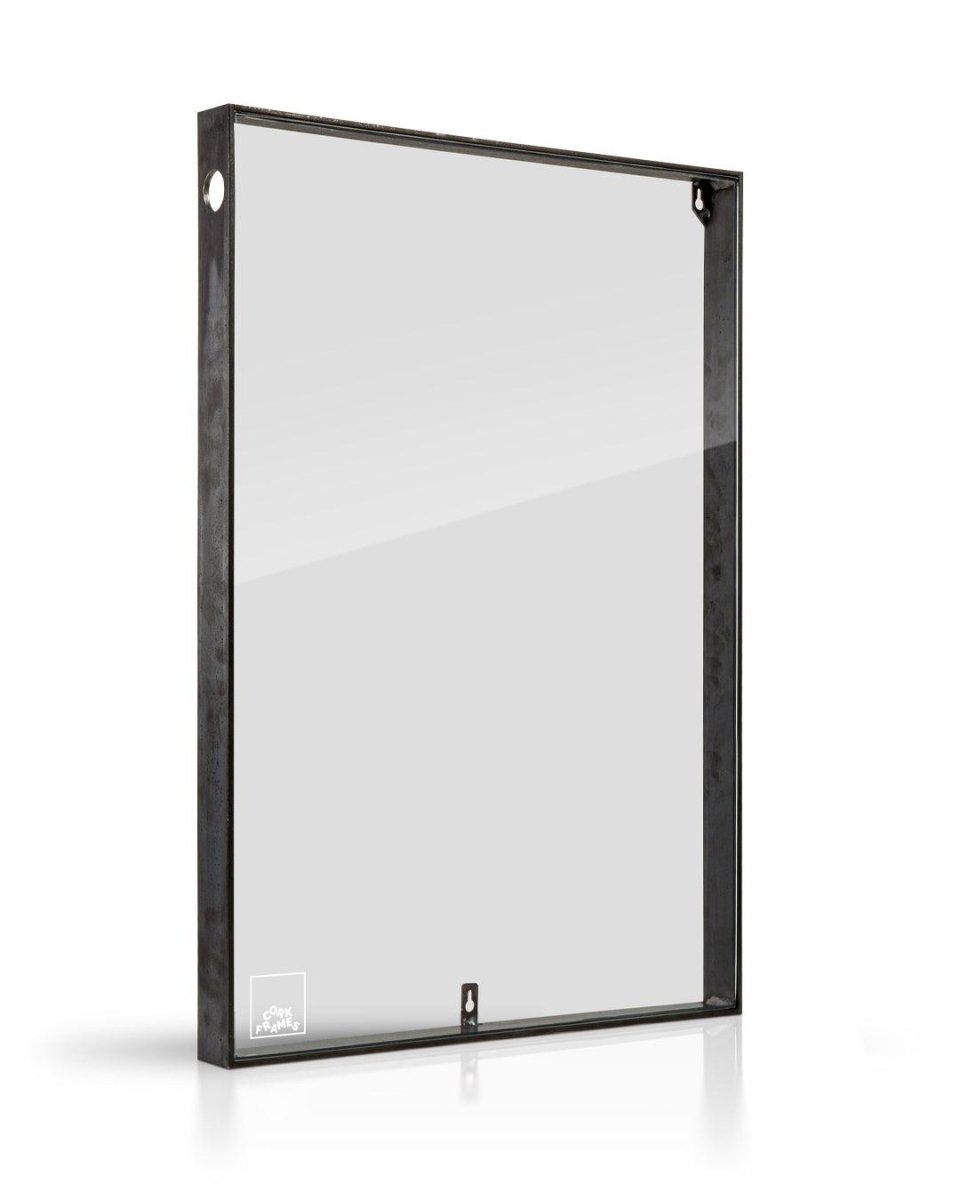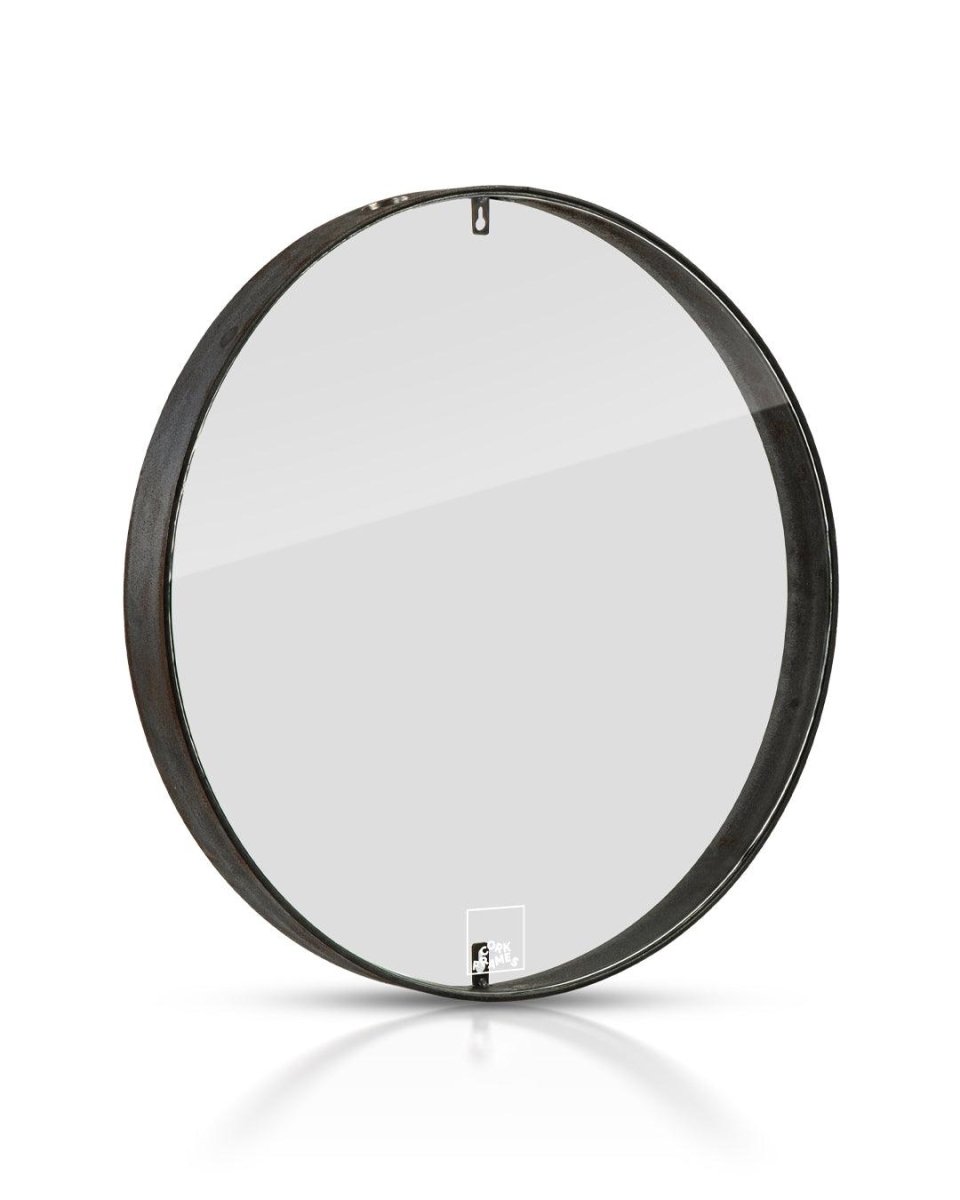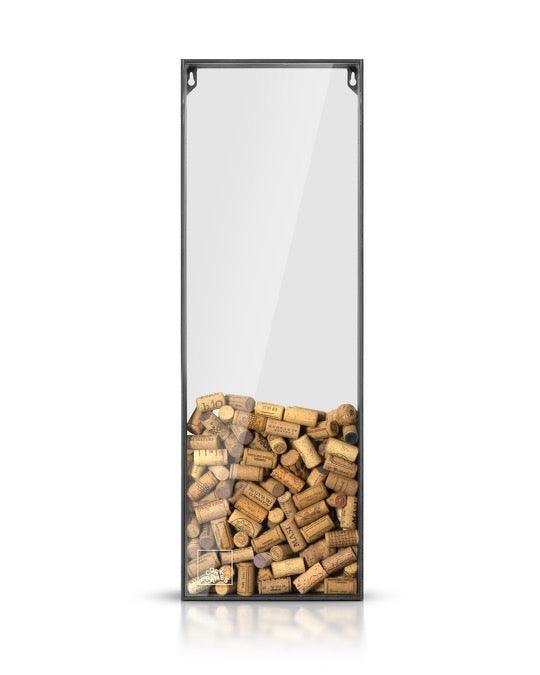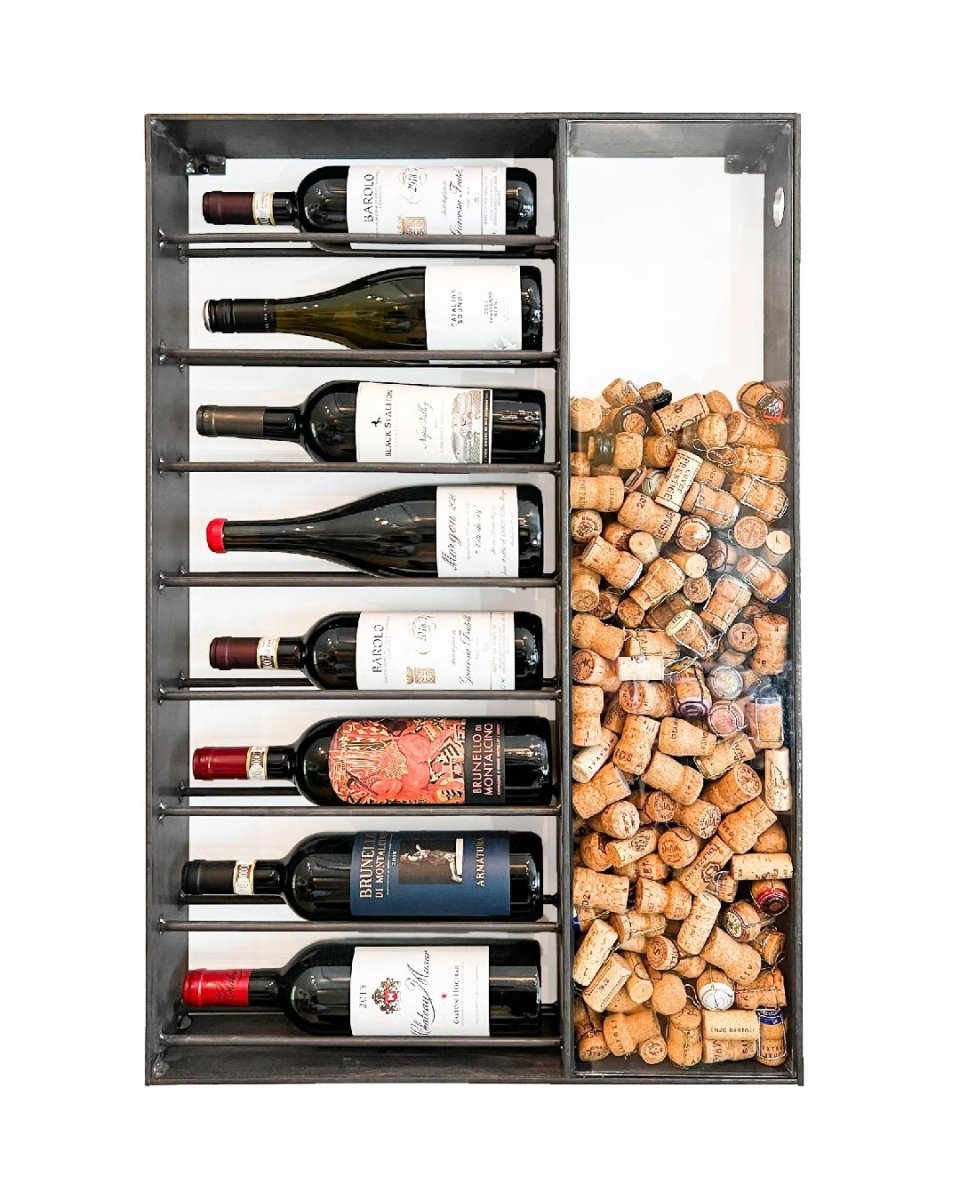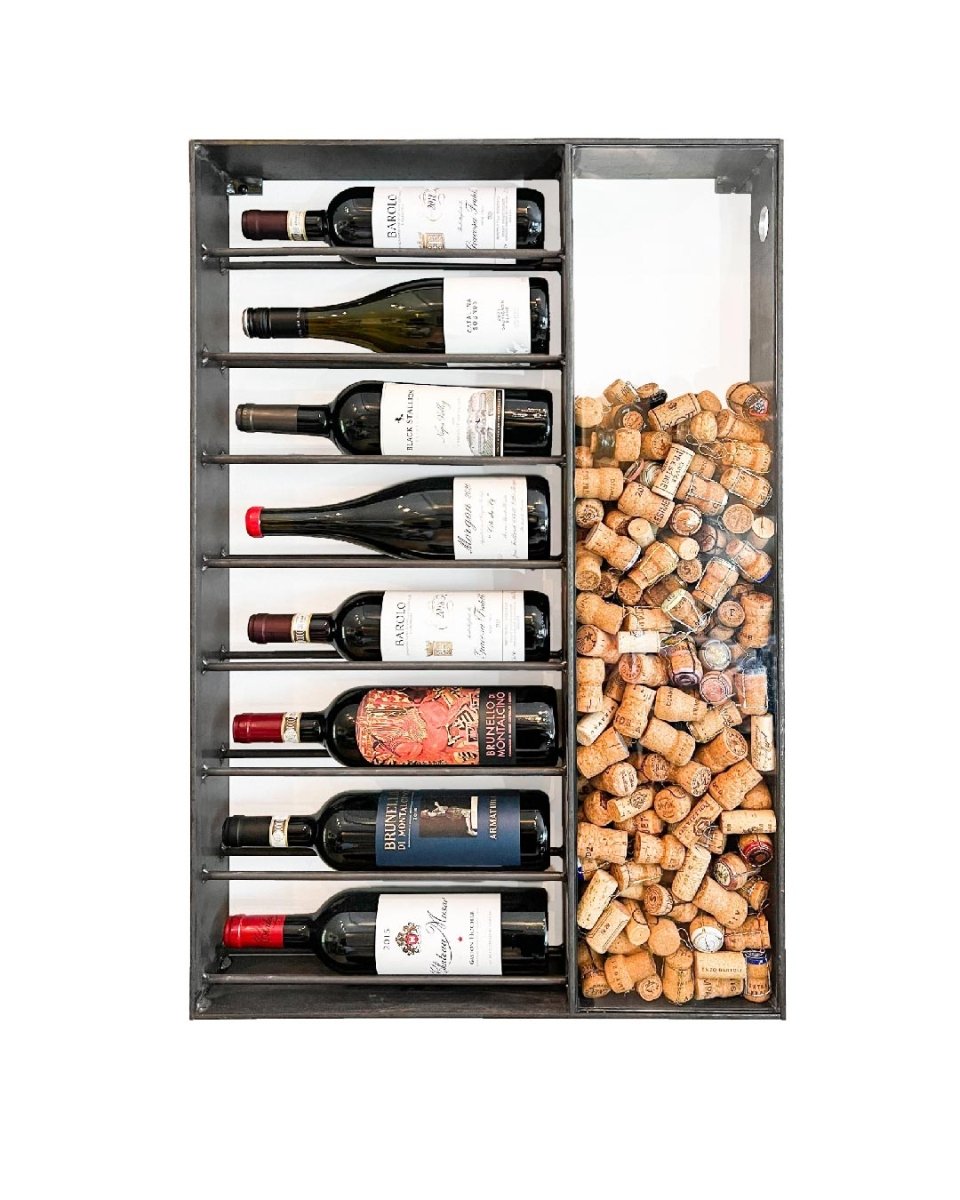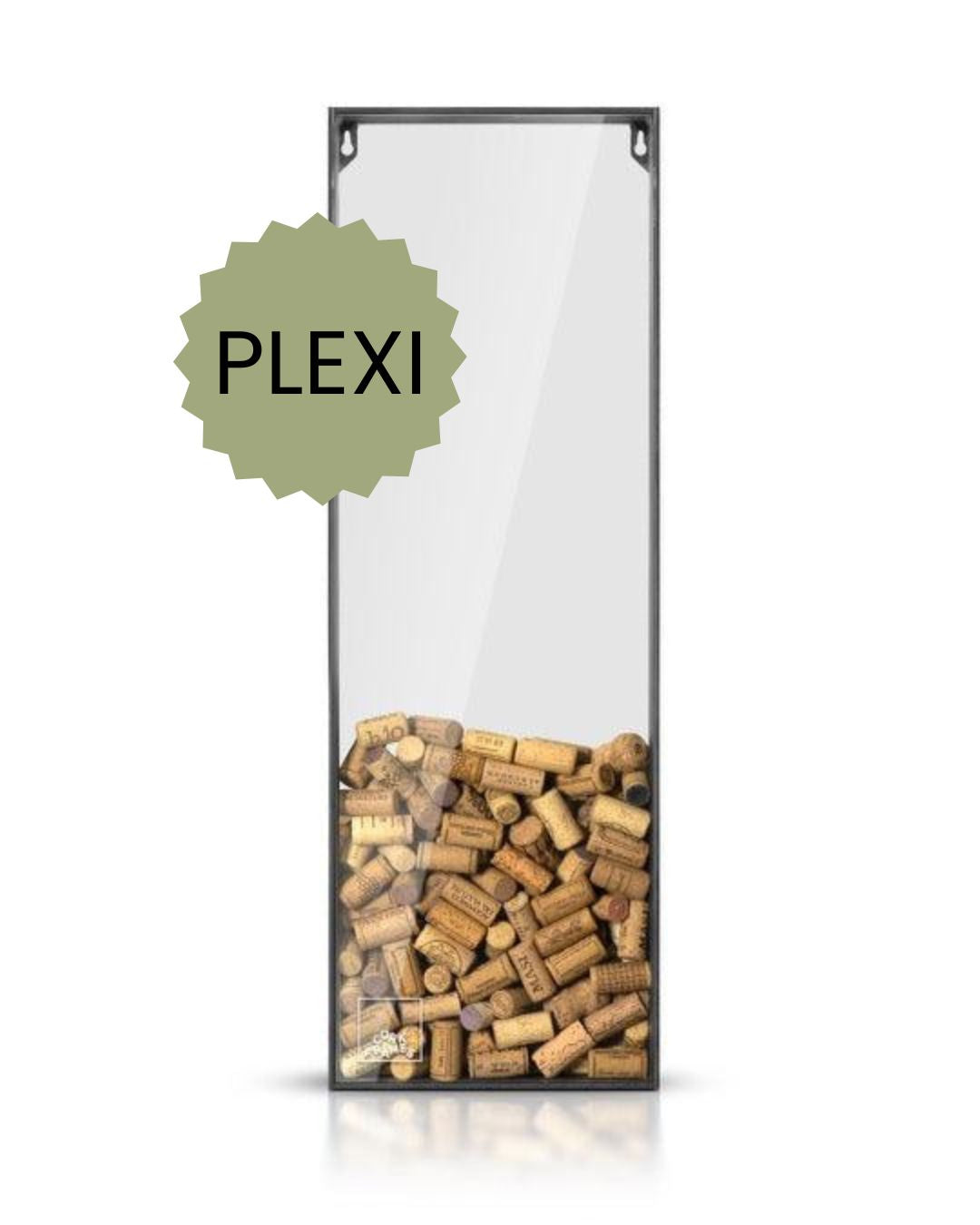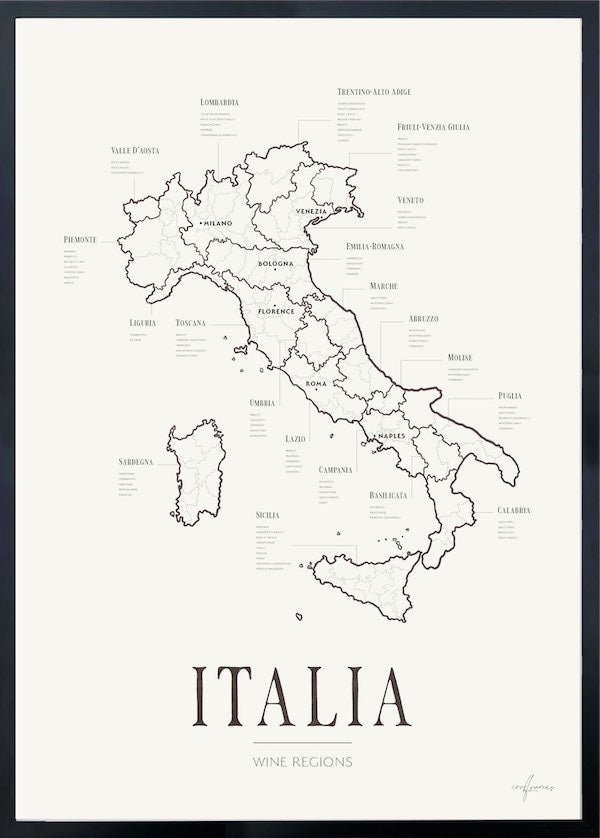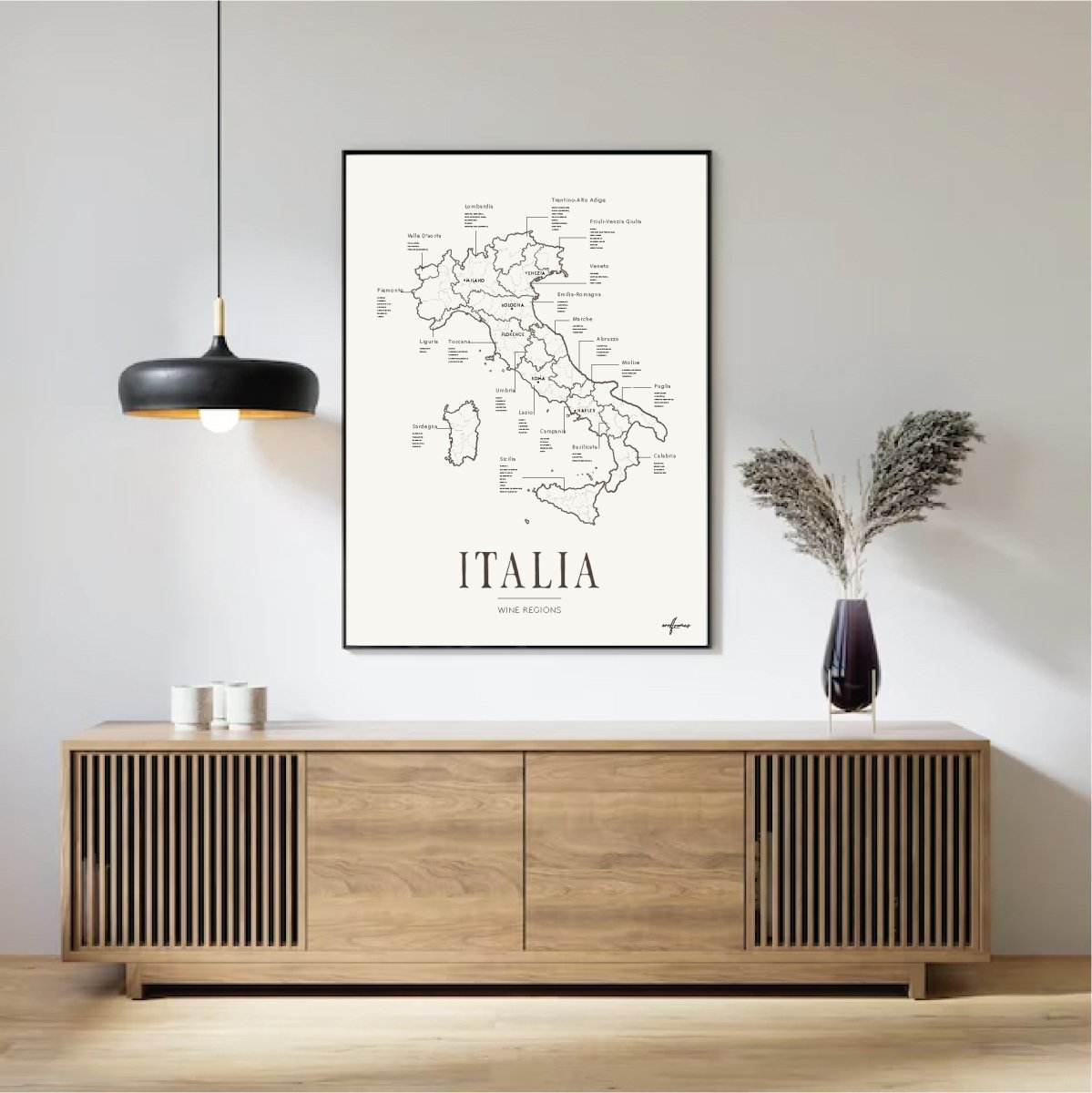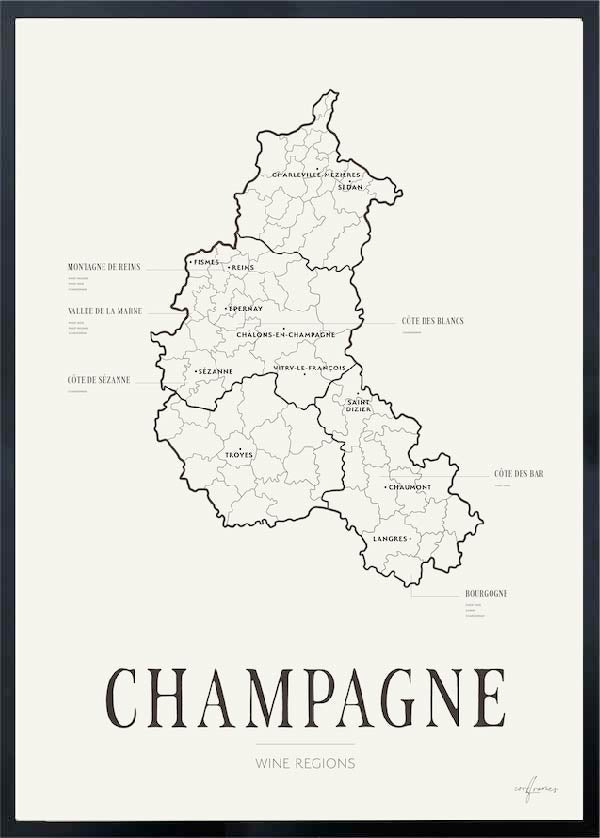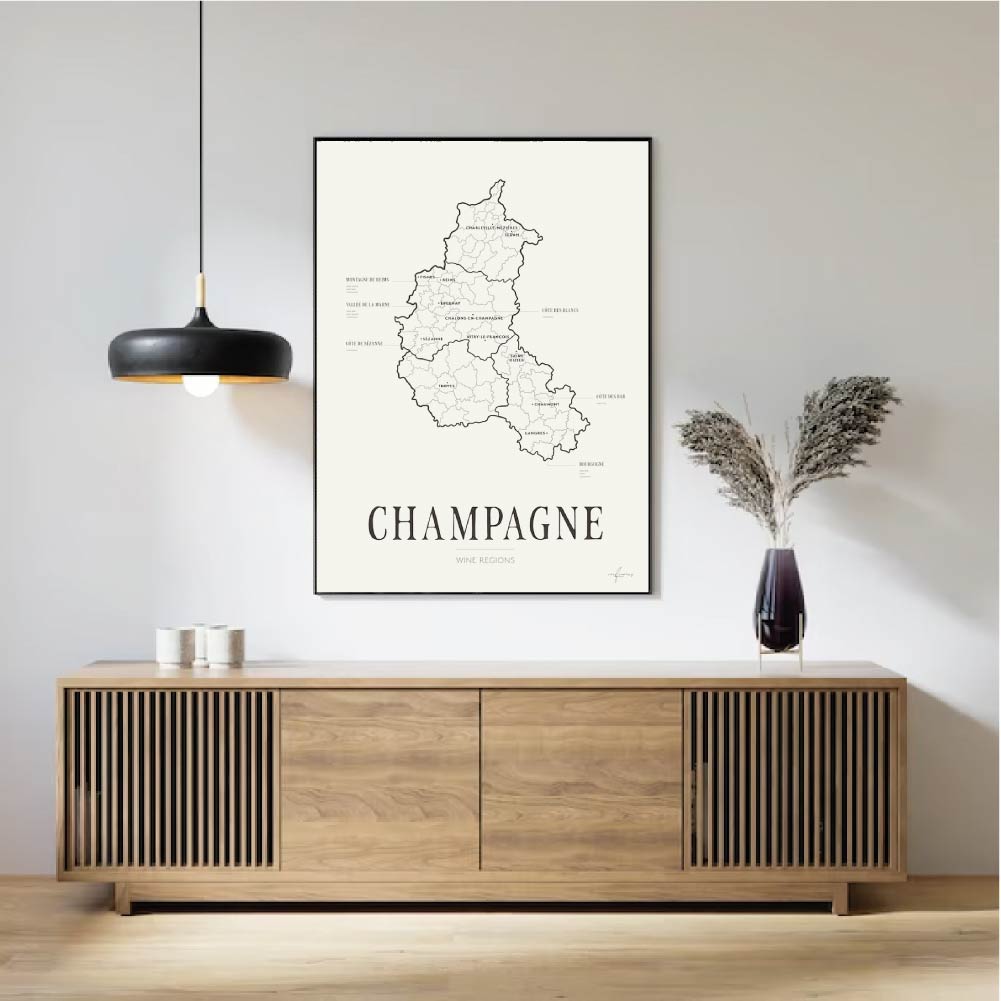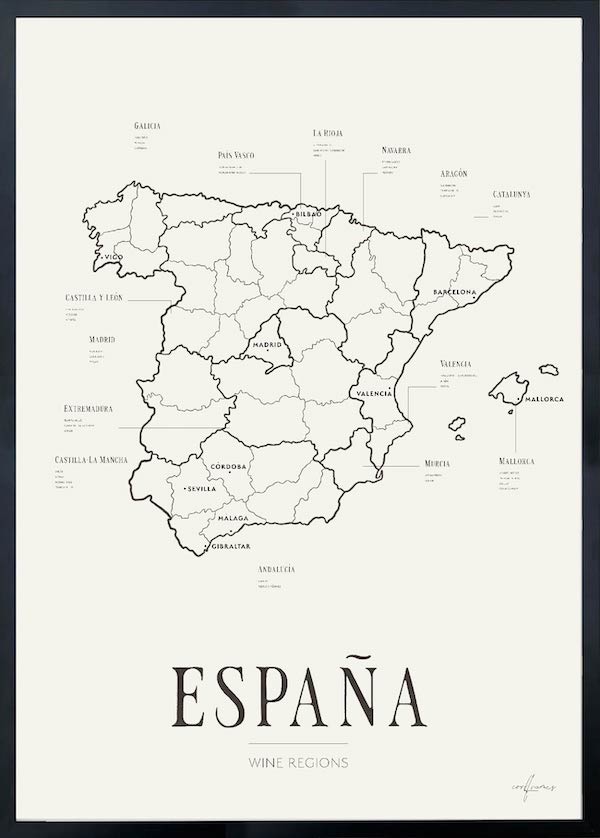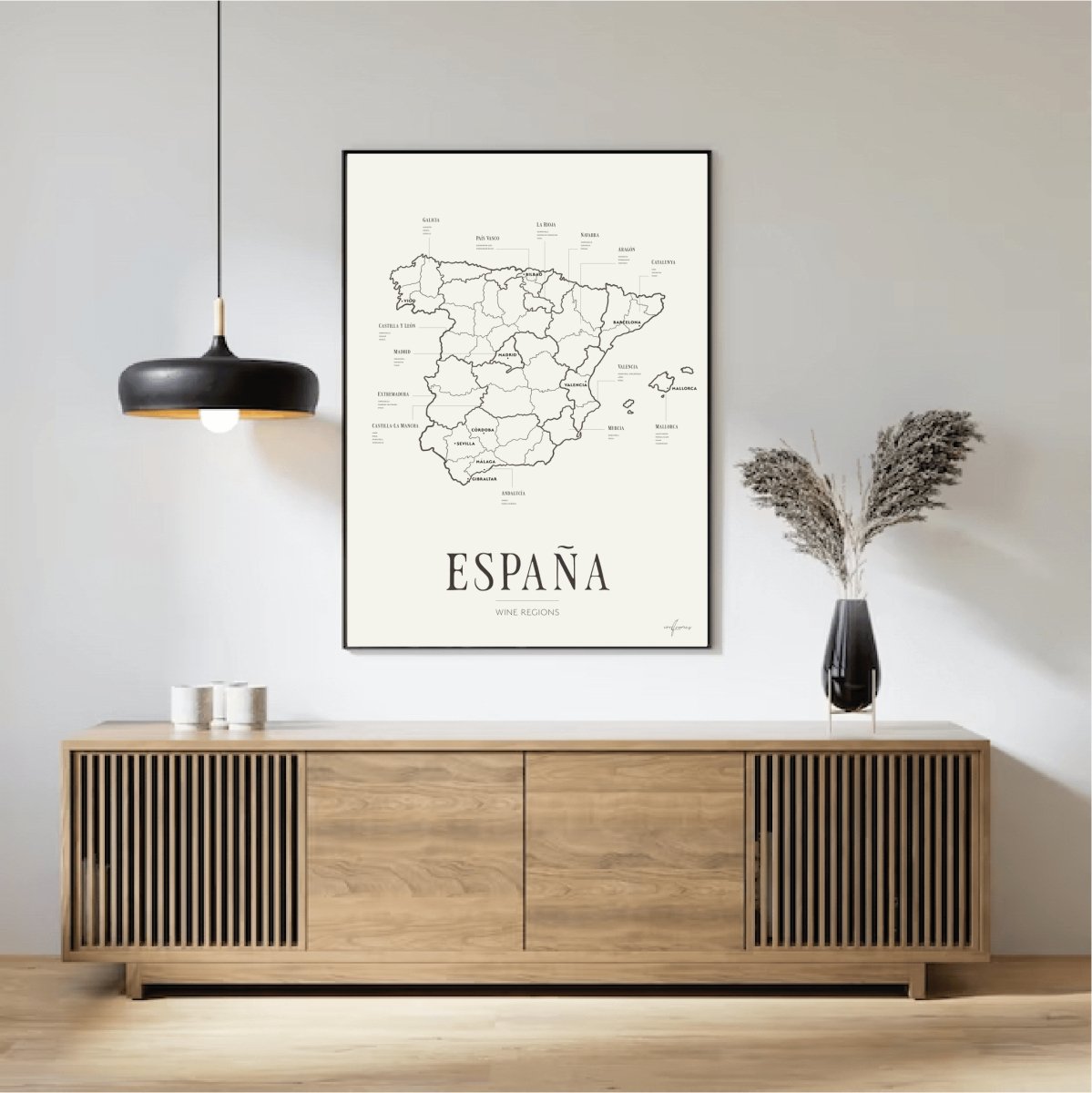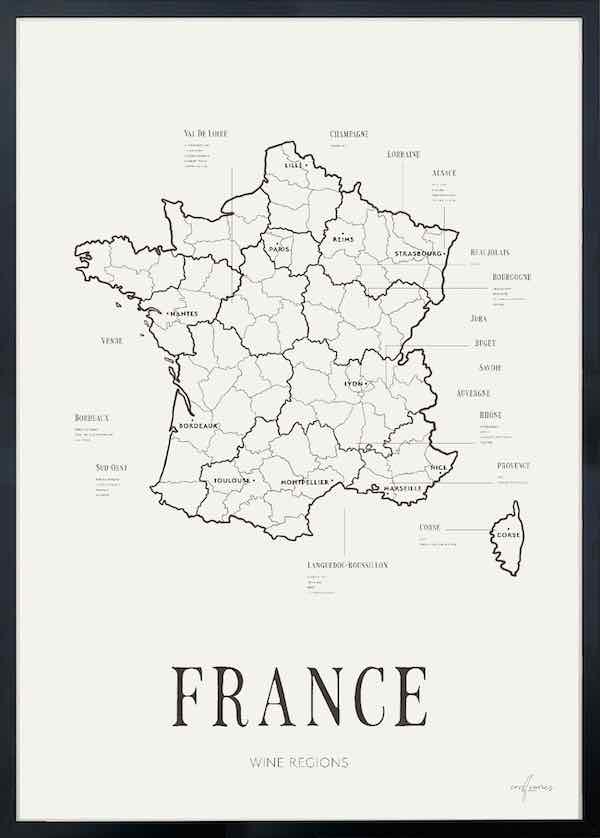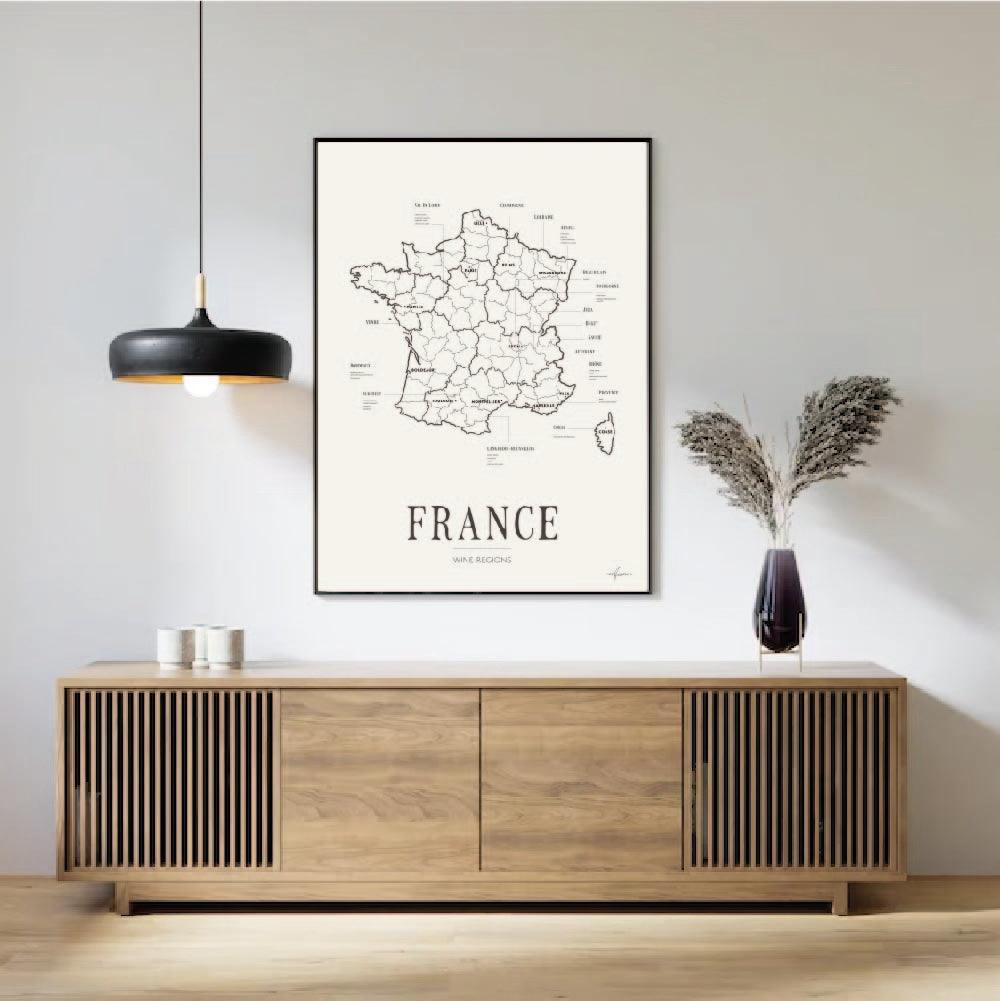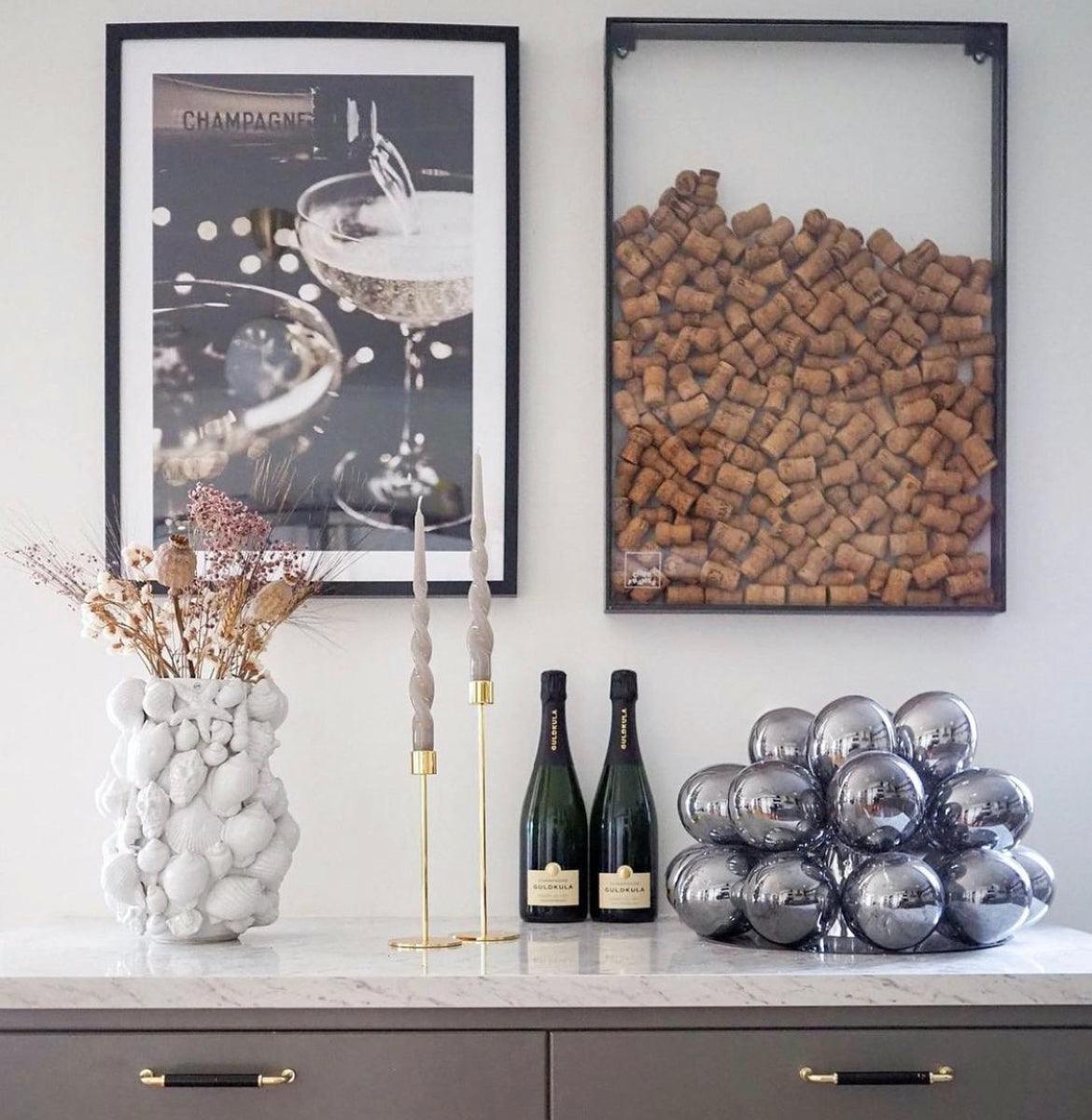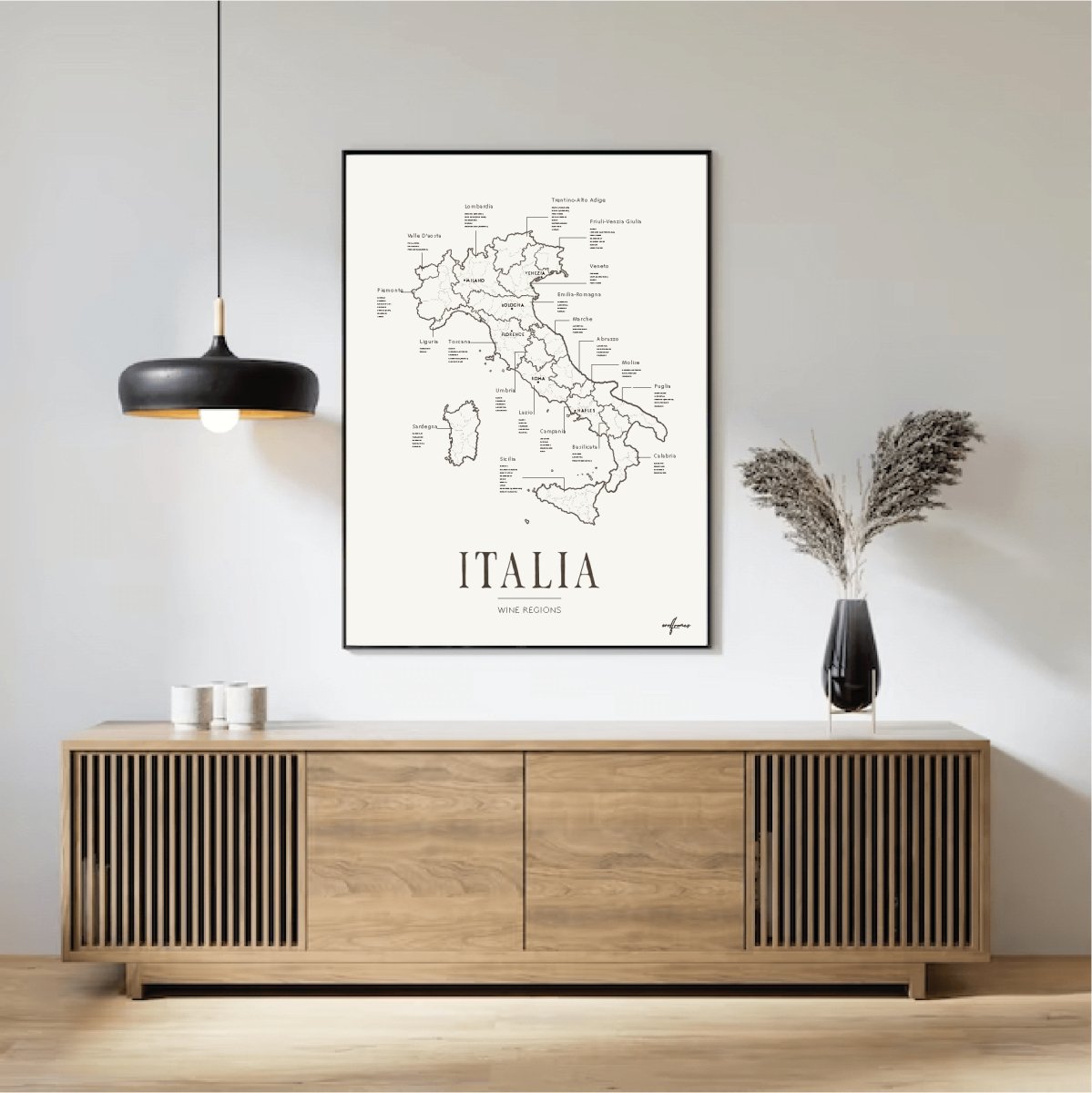Sticking your nose into a wine glass and taking a deep breath is, for many wine lovers, a magical moment. It’s in the aroma – or "bouquet" – that a wine’s personality first reveals itself.
Whether you're a beginner or an experienced taster, understanding the basic scent differences in wine can enrich every sip. Let’s explore what creates these aromas, how red and white wines differ, and which notes you're most likely to find in the glass.
Where Do Wine Aromas Come From?
Wine aromas stem from three main sources:
-
Primary aromas – From the grape itself and the terroir. These include fruit, floral, herbal, and mineral notes.
-
Secondary aromas – Developed during fermentation. Think of yeast, butter, cream, nuts, or brioche (especially in sparkling wines).
-
Tertiary aromas – These evolve during aging, particularly in oak barrels or bottles. Common scents include leather, tobacco, dried fruit, honey, and forest floor.
Common Aroma Profiles by Wine Type
Red Wines
Made from blue/purple grapes with extended skin contact, red wines offer deeper and often earthier scents.
Typical aromas:
-
Fruit: blackcurrant, cherry, plum, blackberry, raspberry
-
Spice: black pepper, cinnamon, clove
-
Earth: tobacco, leather, barnyard, forest floor
-
Oak: vanilla, coffee, chocolate, cedar
Examples:
-
Cabernet Sauvignon: blackcurrant, green pepper, tobacco
-
Pinot Noir: strawberry, cherry, mushroom, wet earth
White Wines
Usually made with green grapes and little to no skin contact, white wines tend to have fresher, brighter profiles.
Typical aromas:
-
Fruit: citrus, apple, pear, peach, tropical fruit
-
Floral: jasmine, elderflower, acacia
-
Mineral: chalk, flint, seashell
-
Secondary (esp. oak-aged Chardonnay): butter, nuts, toast
Examples:
-
Sauvignon Blanc: nettle, gooseberry, lime, passionfruit
-
Riesling: green apple, lime, honey, petrol (with age)
Sparkling Wines
Especially in traditional-method wines like Champagne, aromas become layered through secondary fermentation in the bottle.
Typical aromas:
-
Brioche, yeast, toast
-
Apple, lemon, hazelnut
-
Creamy texture, sometimes saline or mineral notes
Sweet Wines
Sweet wines like Sauternes or German Auslese often show intense, complex aromas due to high sugar and sometimes noble rot.
Typical aromas:
-
Dried fruit, honey, apricot, saffron
-
Marmalade, beeswax, spice
Training Your Nose – How to Identify Aromas
Scent memory is closely tied to emotion and experience, which makes wine tasting both sensory and personal. To improve your wine nose:
-
Smell everything in daily life: herbs, fruit, soil, flowers
-
Taste wines side by side to compare aromas
-
Use aroma wheels or scent kits to practice
-
Take notes – writing down impressions helps you learn faster
Understanding a wine’s aroma isn’t about “correct answers” – it’s about awareness and connection. By learning to recognize the fundamental scent differences between wine styles, you deepen your wine experience. It becomes more than just a drink. It becomes a memory.


